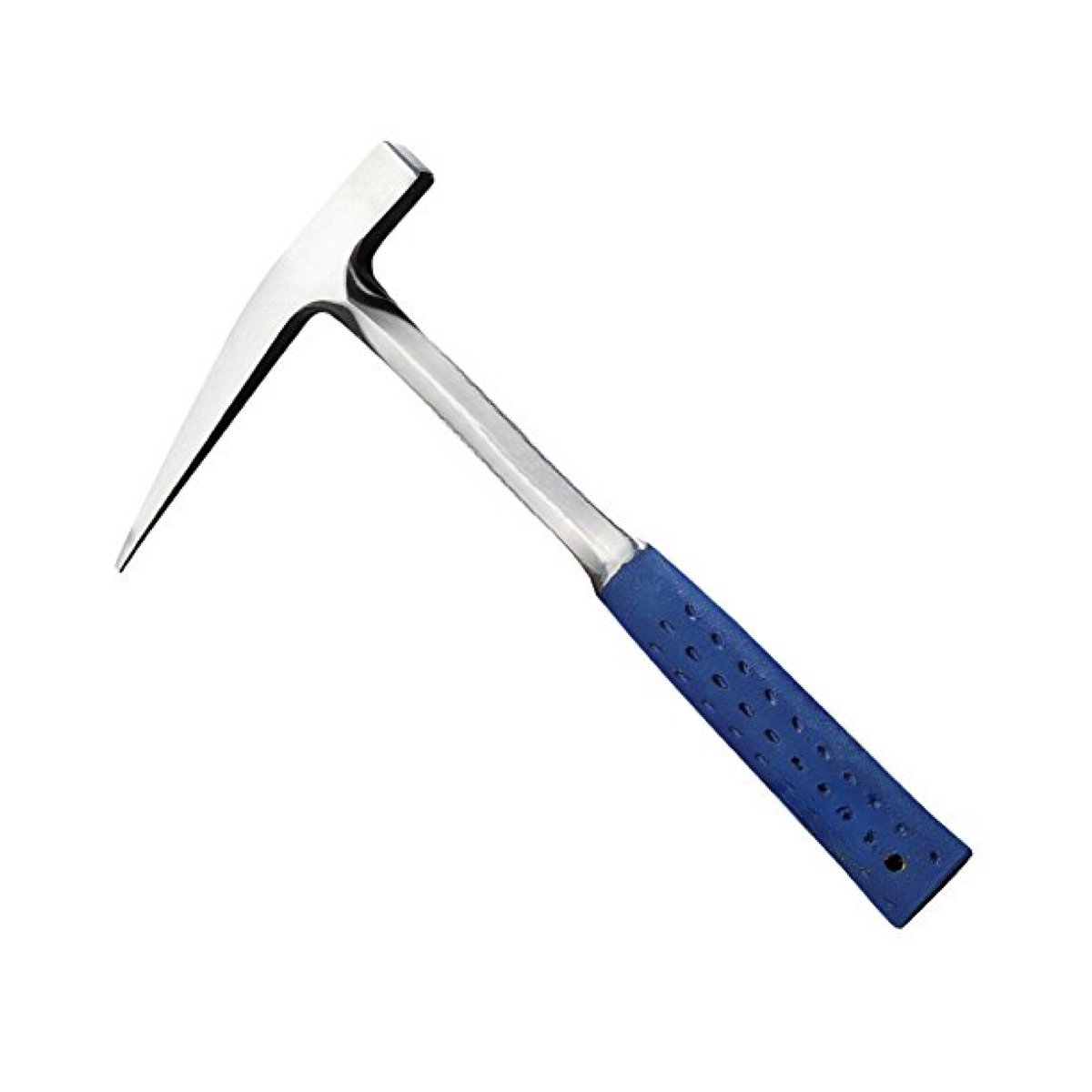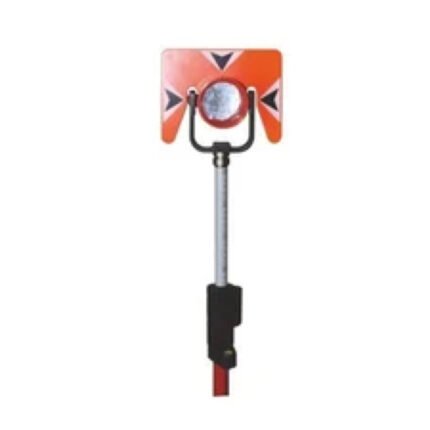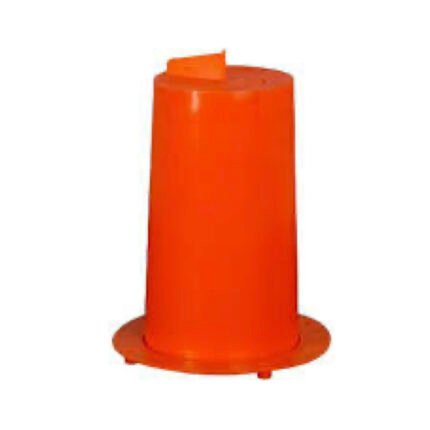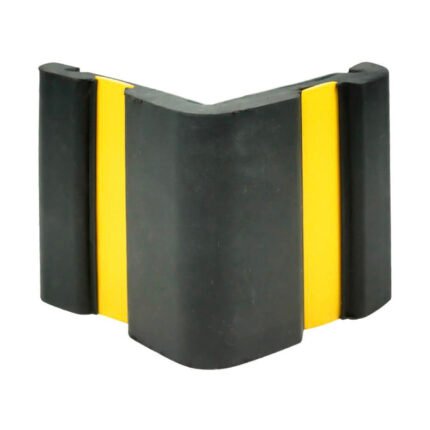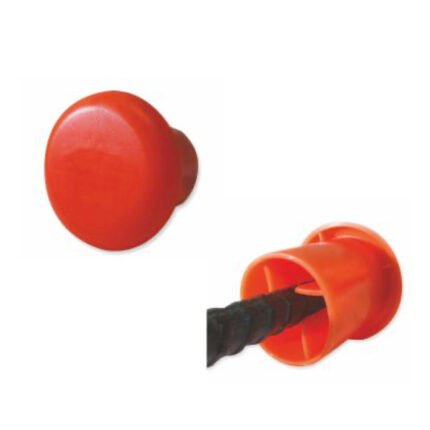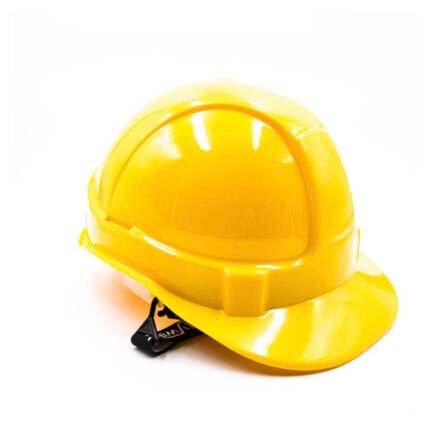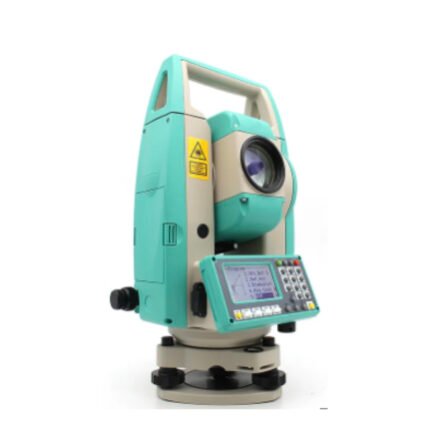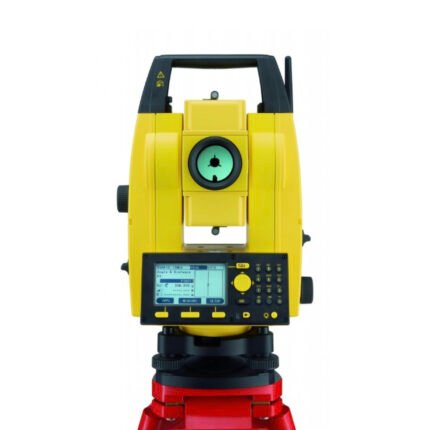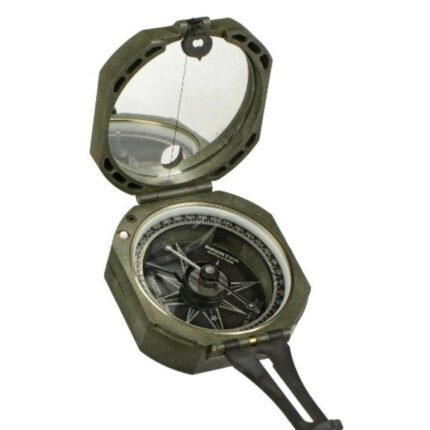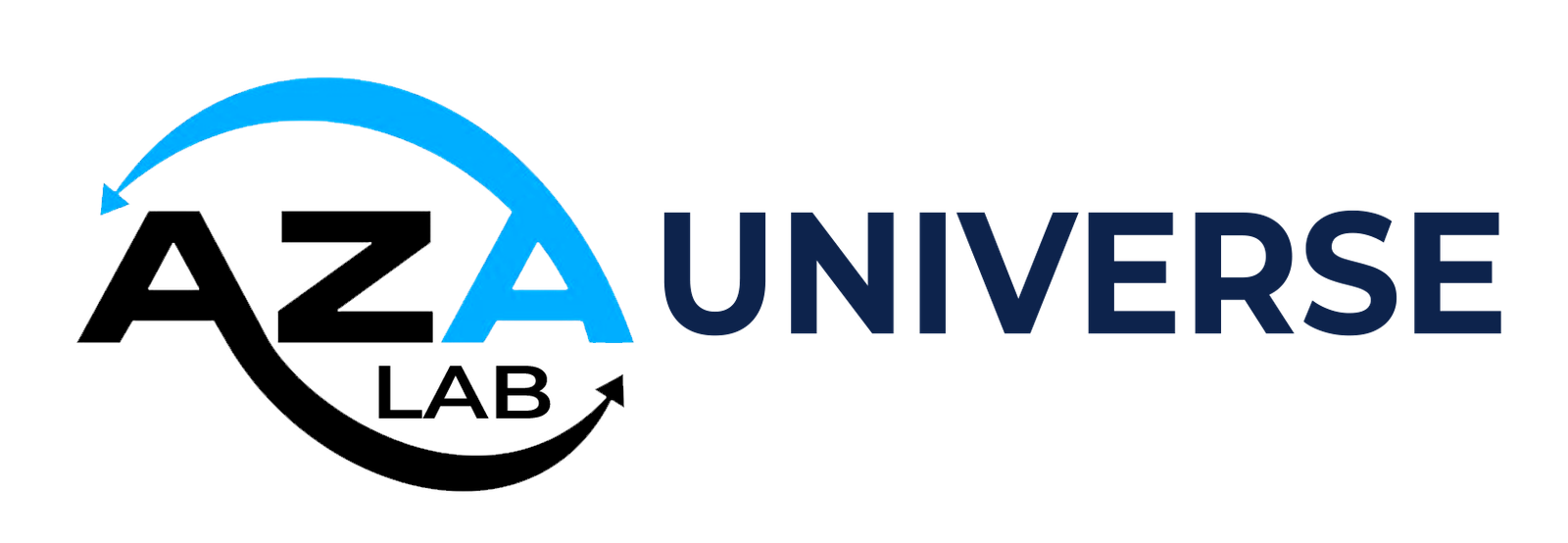AZA 1041 GEOLOGICAL HAMMER
A geologist’s hammer, rock hammer, rock pick, or geological pick is a hammer used for splitting and breaking rocks. In field geology, they are used to obtain a fresh surface of a rock to determine its composition, nature, mineralogy, history, and field estimate of rock strength. In fossil and mineral collecting, they are employed to break rocks with the aim of revealing
fossils inside. Geologist’s hammers are also sometimes used for scale in a photograph
Category: Security Survey Equipment
Related products
AZA 1020 ROUND POST HOLE FORM
Form professional looking tapered holes in concrete to receive posts for
railings, awnings, and other common uses.
! Simple installation.
! Easy to strip/remove - just pull tab.
! Holes can receive square posts up to 2” or 2” pipe (2 3/8” OD)
! Accurate alignment - tip of tab is centerline of hole form
! Use with any concrete thickness
! Pre-install for slabs up to 6” thick
! High visibility
! Safe to use - no sharp edges
Model Rail Diameter Box Qty.
AZA 1020-A Up to 2-3/8" OD 25
AZA 1020-B Up to 3½" OD 15
AZA 1022 CORNER GUARD
Corner guard provides an inexpensive method of protecting all products from strap and chain abrasion. Large shoulder on the chain guard prevents chain or strap from riding up and over the protector. Ribbed back prevents sliding and movement. Reusable.
! Will accommodate 4” strap or chain
! Freeze tested to below 0 degrees
! Prevent chipping and scarring of concrete
! Product will not discolor
! Packaged 100 Pcs. or 10 Pcs. per carton
AZA 1024 PROTECTIVE CAPS FOR REBAR, PIPE, BOLTS
AZA 1025 SAFETY HELMET
Safety Helmets that are essential for head protection during construction jobs and mining process. Safety Helmets are fabricated using robust material that are capable of withstanding harsh conditions and provide optimum safety to the users from any kind of injuries. Suitable for construction works, material handling, mining, sand blasting, ports etc. Made with hard PVC
AZA 1028 TOTAL STATION
The AZA 1028 reflector 2 "Total Station offers a state-ofthe- art at an affordable price. This fully electronic device will pull angles and distances to a prism reflector with the push of a button. With no mode prism, you can measure up to 200 meters (650ft) without prism.
The AZA 1028 comes with two NiMH batteries 8 hours. A lead optical website for quick and easy set-up. A 4 line adjustable LCD display for easy data manipulation. Four yellow function key to guide you through the operations angle, distance and coordinates. Embedded applications will save you time and money in the field. Perform isolated elevations, resections, missing lines and rapid implementation and precise. On-board storage
(storage of 10,000 points) and allows you to collect points in the same location inside the unit. You can also use the standard RS-232 port to connect the external data collector. The interface is the same as the Topcon
and Sokkia total stations
AZA 1029 TOTAL STATION BUILDER
Easily affordable, tough total stations, built specially for site work. Anybody can use, regardless of profession no experience needed. Fast, reliable angle & distance measurements. Stake out. Excellent in-built laser distance
measure.Simple routines for any building and construction tasks.
For anybody working on or around a site with the need of a simple, intuitive, yet innovative, long-lasting and powerful measuring tool. It is designed a perfectly tailored tool for every construction job. Regardless of your profession, Builder will amazingly accelerate your work flow. From simple tasks to professional all-day use, the Builder Series offers a scalable
product family that exactly meets your needs. Builder Series is equipped with all of the above features plus wireless com-munication via Bluetooth, full laser distance measurements up to 250m/820ft and up to 1.5mm accuracy at 100m covers the full range of tasks to be performed on any
construction site. An -30°C option is available additionally
AZA 1033 AUTOMATIC LEVEL
Utilizing a finely tuned magnetic damping system, this automatic levels ( Magnification 24X) quickly level and stabilize the line of sight. These precision instruments ensure reliable leveling even when working near heavy equipment or busy highways where fine vibrations could be present. The automatic levels feature IPX6 protection against powerful water jets from all directions and are fully resistant to driving rain and splashing water
AZA 1042 BRUNTON COMPASS
We are offering Brunton Compass Pocket Transit Type that is appreciated for its quality and reliability. The Brunton Compass is used to measure strike, inclination and topography skeleton survey.We make sure that the Brunton Compass is at par with industry standards and as per the specifications laid by our clients. Avail precision made Brunton Compassfrom us at very reasonable prices.
Features:
! Precision made
! Sturdy
! Accuracy
! Smooth finishing
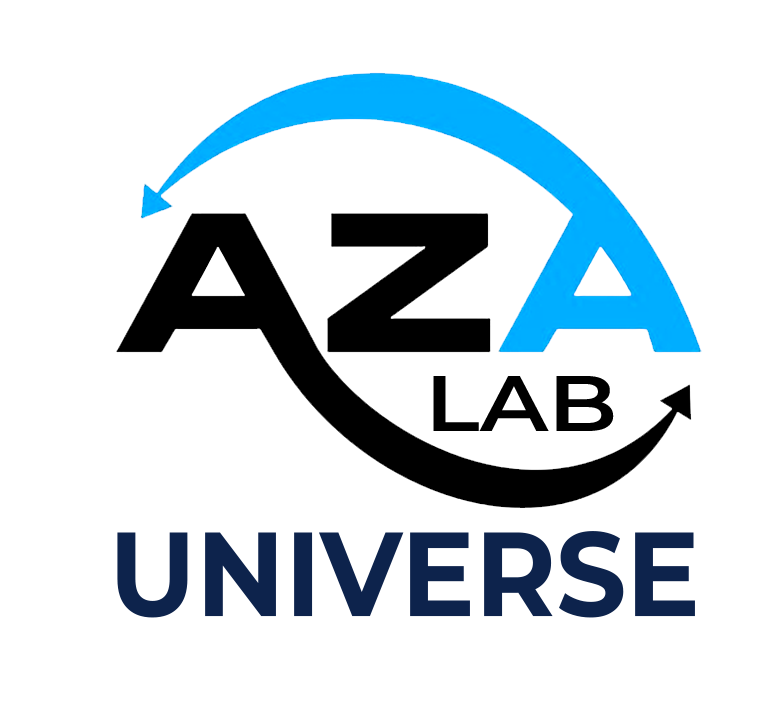
 Rock
Rock Aggregate
Aggregate Cement
Cement Concrete
Concrete Soil
Soil Steel
Steel Bitumen/Asphalt
Bitumen/Asphalt Security Survey Equipment
Security Survey Equipment General Items
General Items